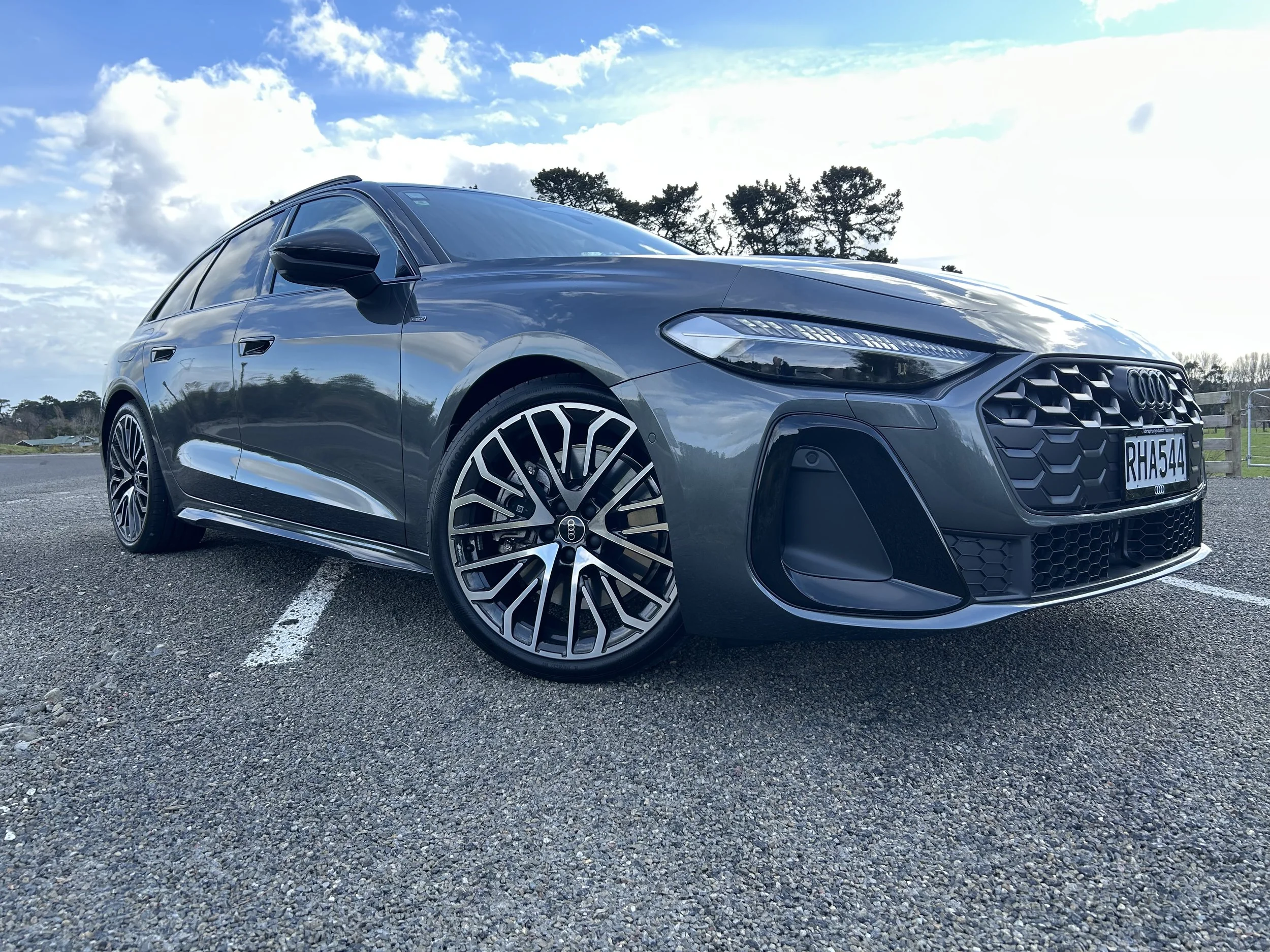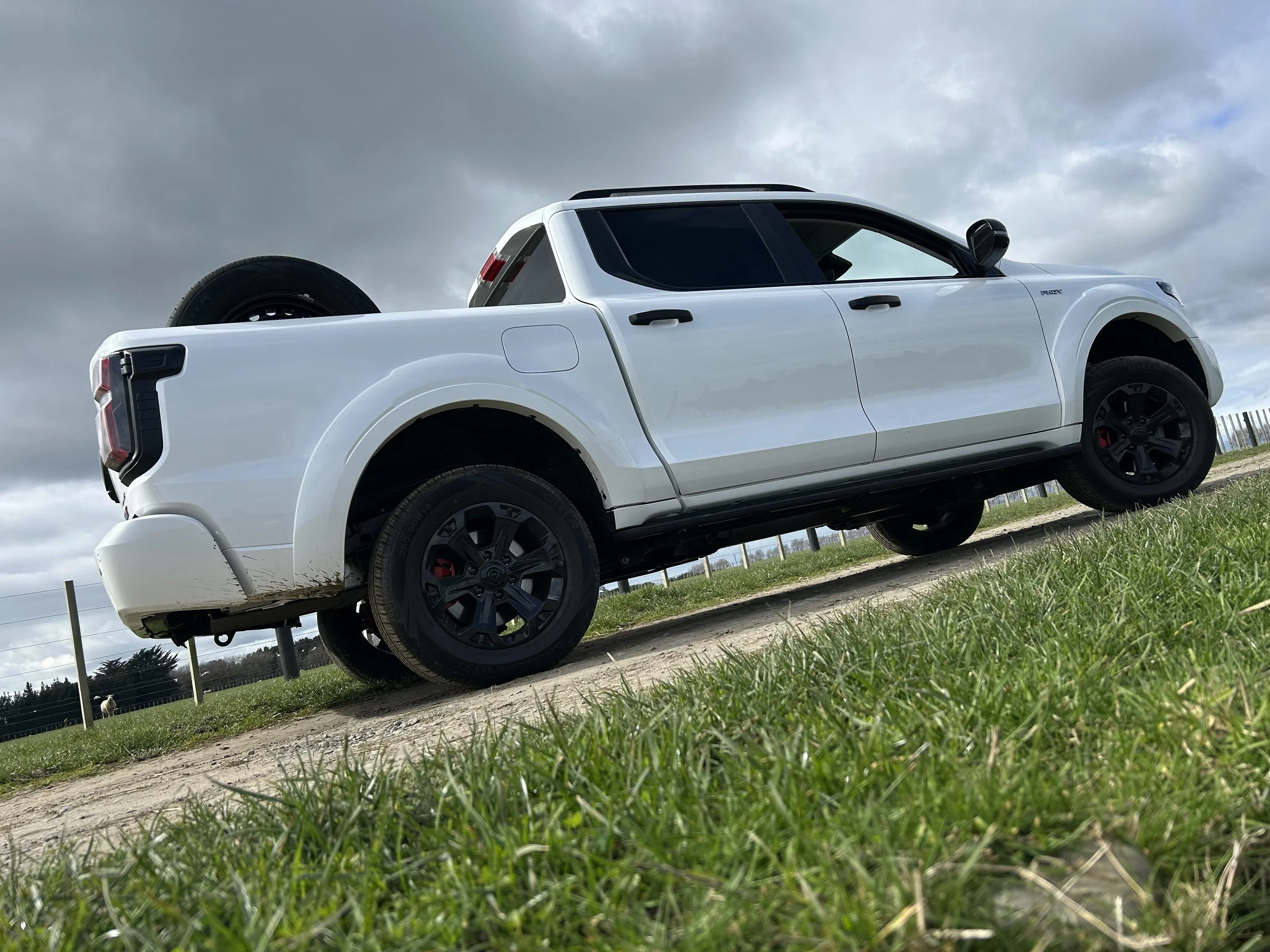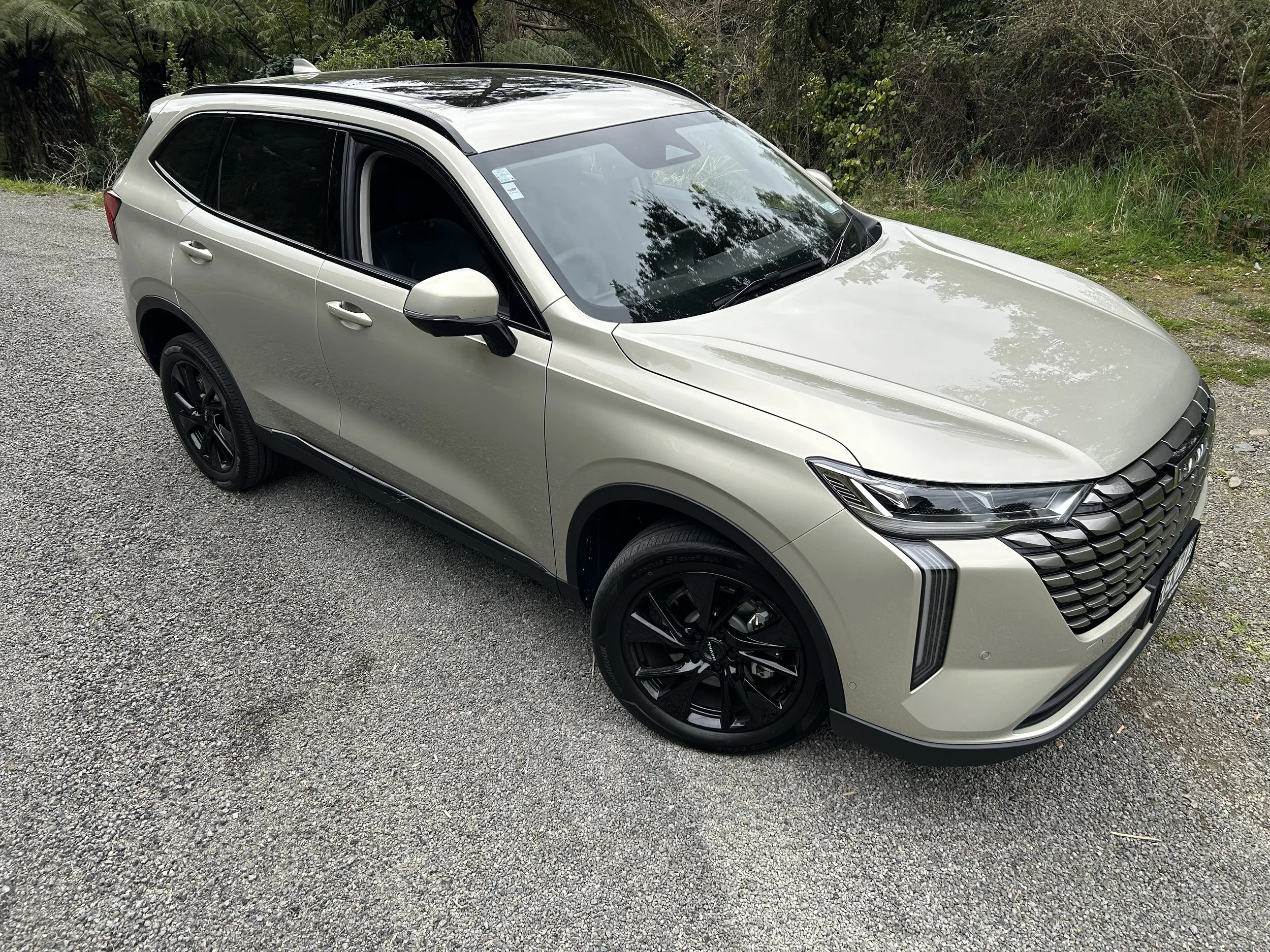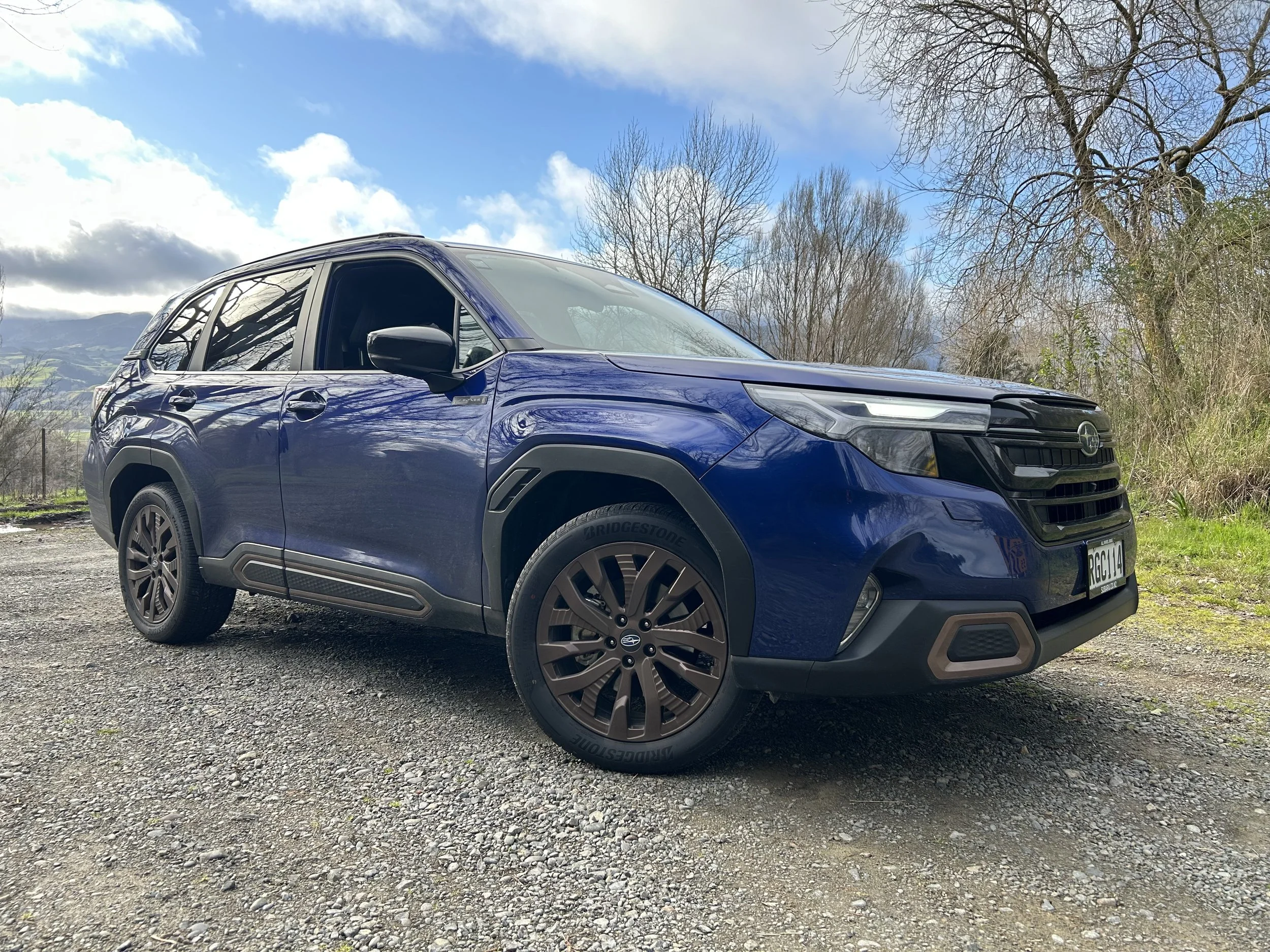New car market to keep climbing
/The good times will keep rolling, Kia’s local boss believes.
NEW vehicle sales will keep climbing for some years, the brand that experienced the second-highest rate of growth in 2016 is predicting.
Kia New Zealand, whose stunning 60.7 percent year-on-year growth in 2016 was only bettered by a commercial vehicle specialist starting from a lower sales base, reckons good times that pushed registrations tallies to unprecedented level for the past two years should continue barring something utterly unforeseen, such as a major international incident.
Car and commercial vehicle registrations surpassed 146,000 units in 2016, a new high for the market, but local Kia boss Todd McDonald reckons we haven’t seen anything yet.
Using the general economic condition, including interest rates and housing prices, plus tourism and immigration counts as a basis for his considerations, he foresees the new vehicle market continuing to grow, reaching 170,000 units by 2021, the farthest point of his estimation.
Where new fare goes, used imports will follow, and he cannot see why the one-to-one import to new trend of this decade won’t continue.
The market is changing fast and old lessons and theories no longer always apply.
“Abnormal is the new normal. Effectively what we knew in the past is disappearing and inconsistency is part of today – the industry is inconsistent.
“We know we have an election this year, we know that immigration policy limits us to 91,000 new arrivals each year. We know tourism continues to grow New Zealand – we’re still one of the world’s top 10 destinations.
“Rental (car) volume obviously plays a big part of that tourism and for this (the car) industry – it was the fourth biggest volume selling area (for car brands) in 2016.
“Three and a half million people came into NZ last year, the impact of that on the industry is huge.”
Housing prices continue to rise and that meant a growing owner belief in self-worth that, in turn, fed a growing belief in ability to buy a new vehicle. The fluctuating value of the dollar, and the probability that interest rate will increase, will not dampen vehicle buying, he believes.
Kia is the second brand in a week to announce its thoughts about market growth, following Toyota New Zealand.
Intriguingly, McDonald’s thought about how 2017 will go is slightly more conservative that the market leader’s – but only slightly.
He picks the annual tally will be 156,000 units will find homes this year, 1000 units shy of what TNZ believes is possible.
McDonald has also expressed confidence that Kia will also sell more vehicles over the next five years, though he believes its present market share will not change much. Presently it has six percent of new car sales.
Last year’s tally of 5287 sales against 3280 in 2015 was celebrated, of course, but McDonald thinks this year this brand will settle down again, with 5400 units being the target.
Kia’s growth in 2016 certainly showed up that of Hyundai. The parent brand’s national distributor registered a 0.5 percent rise, though it sold more vehicles, with 8376 registrations.
Two sectors are showing significant positive moves: One tonne utilities and sports utility vehicles.
The conjoined Koreans lack any kind of traydeck, and there still doesn’t seem to be one on the horizon, however, Kia NZ (like TNZ) does pick good ongoing potential for SUVs, which n 2016 outsold orthodox cars for the first time. Kia is among brands that see that changeover being unlikely to reverse.

















